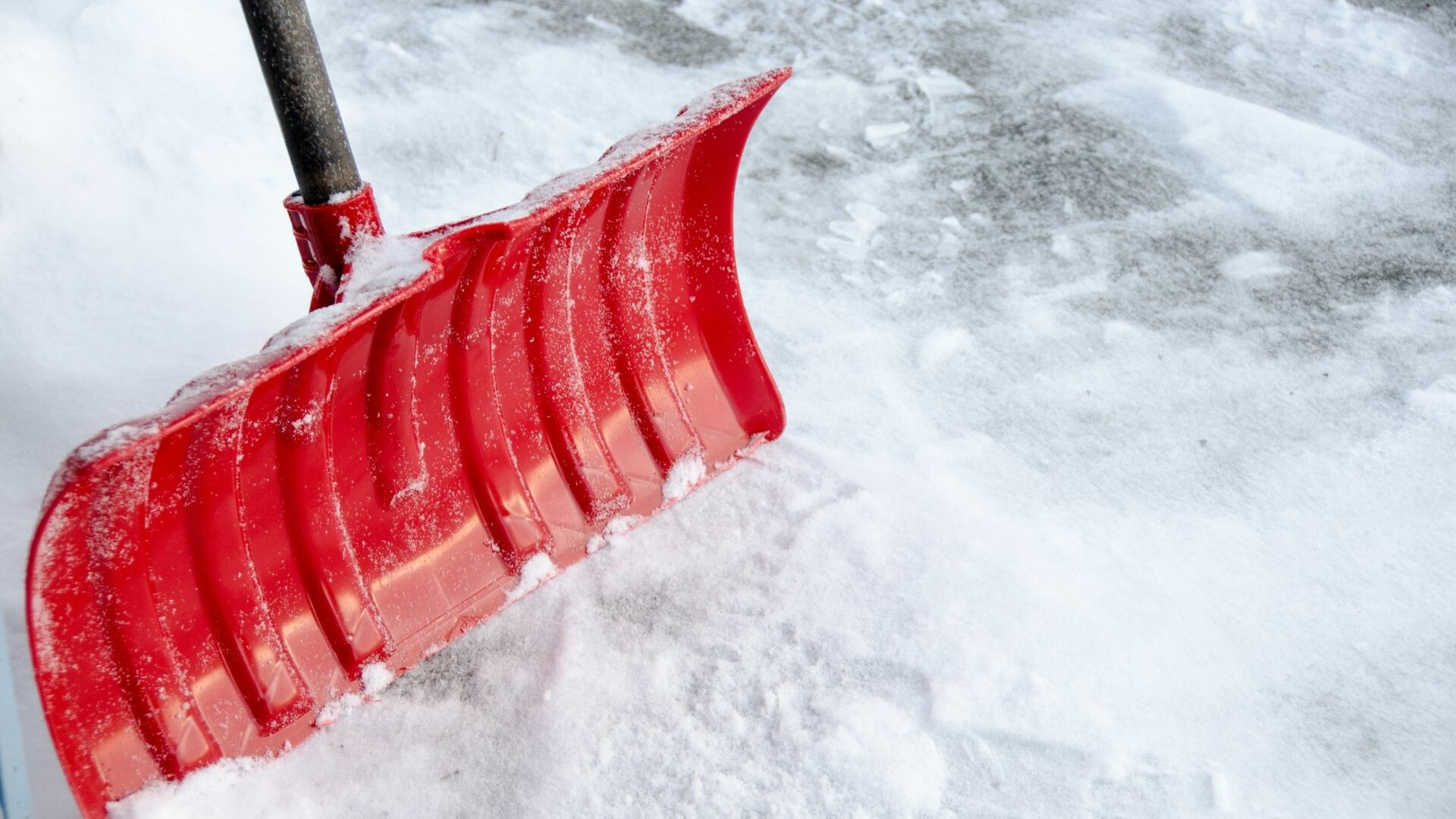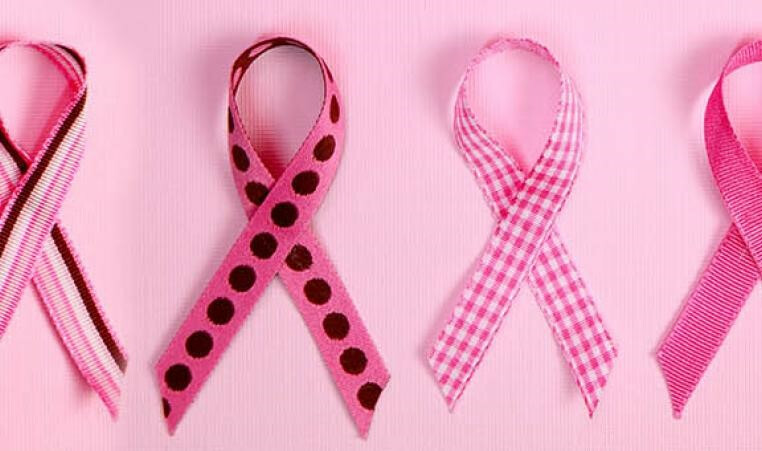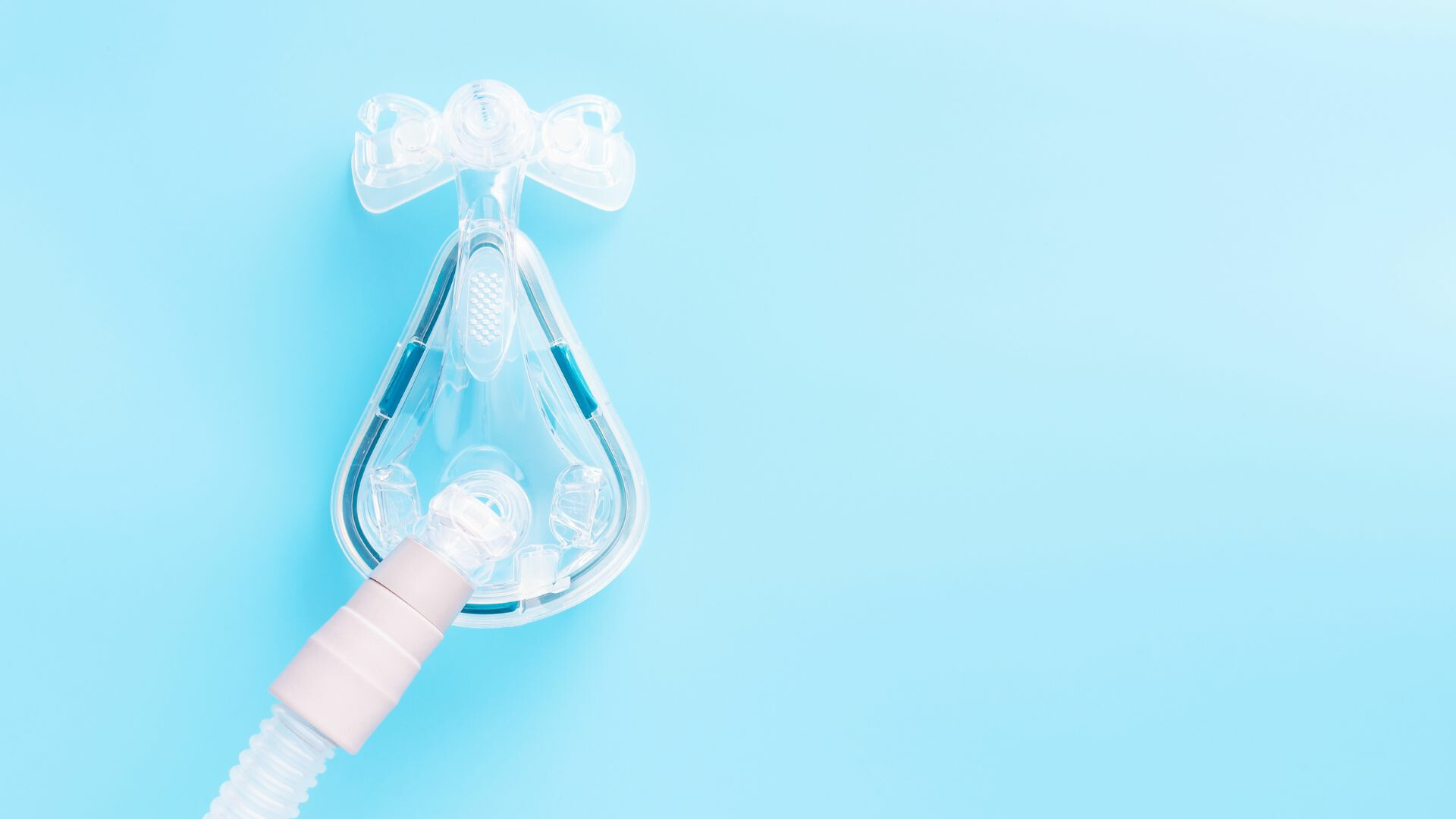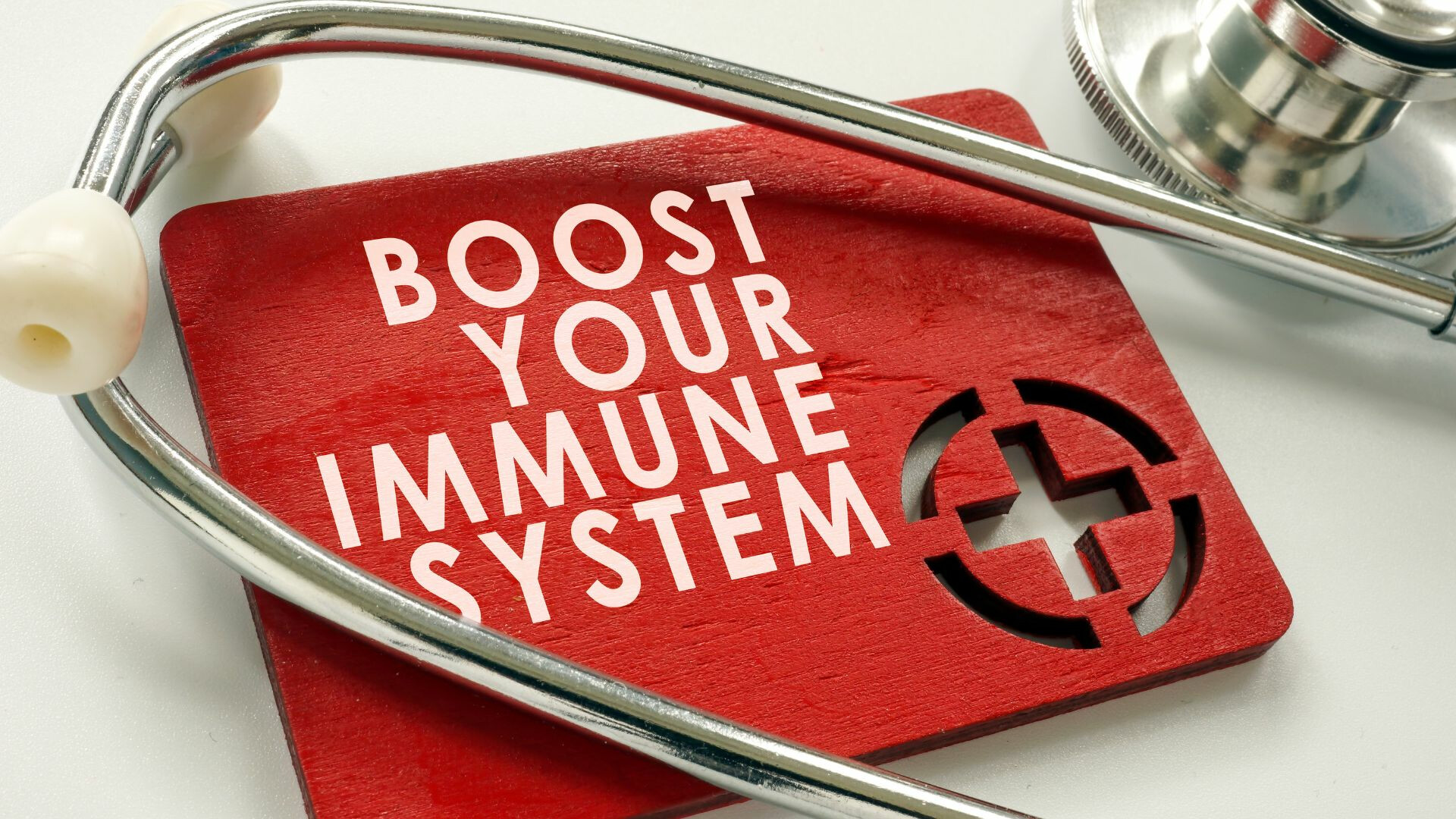Shoveling Snow and Heart Health

According to WJLA, the D.C. area gets an average of about 15 inches of snow per year. Although we saw little snow in the winter of 2019-2020, we should prepare for the potential of closer-to-average snow fall, which means: SHOVELING SNOW! Hospitals tend to see an increase in heart attacks after a snowstorm when people have been outside shoveling snow. This often happens to people who have no known issues with their heart and thought they were perfectly healthy. Why do hospitals see this increase?
Snowstorms set the scene for heart troubles. The air is cold, which constricts blood vessels throughout the entire body, causing a rise in your blood pressure. This blood vessel constriction also includes your coronary arteries. Snow shoveling is a vigorous activity, which will quickly increase your heart rate. The combination of increased blood pressure, constricted coronary arteries, and increased heart rate puts a huge demand on your heart that it may not be able to handle. Snow shoveling has been likened to a maximal effort stress test. If you are not used to performing vigorous activity and go outside to shovel, the demand you are placing on your heart puts you at risk for reduced blood flow to the heart muscle and a heart attack.
If you must remove snow after a storm, consider these tips.
- Hire someone to shovel your driveway and sidewalk.
- Listen to your body. If you feel tired, stop, and go inside.
- Break up the shoveling into parts, taking breaks in between.
- Do not strain or hold your breath when you are lifting snow. Try pushing the snow with your shovel, taking small scoops, or using a small shovel.
- Snow blowers are heavy too. Be aware that pushing a snow blower may also place extra demand on the heart.
- Wear warm clothes when outside; use layers.
- Make sure you are drinking water even if you do not feel thirsty.
- Don’t forget about your back! Squat down, use your legs, and bend at the knees when lifting snow to prevent back strain.
If you experience symptoms such as chest pain/pressure/burning/squeezing/fullness, shortness of breath, arm pain, jaw pain, acid-reflux-like symptoms, a sudden cold-sweat, lightheadedness, nausea/vomiting, or anything out of the ordinary, this could a be sign of a heart attack. It’s better to be safe than sorry. Call 911. Do NOT drive yourself or ask a loved one to drive you to the hospital.
Make your health a priority in 2021. Start by scheduling your annual physical with your primary care provider. We glorify God in many ways. Caring for our bodies keeps us healthy enough to serve Him!




Login To Leave Comment